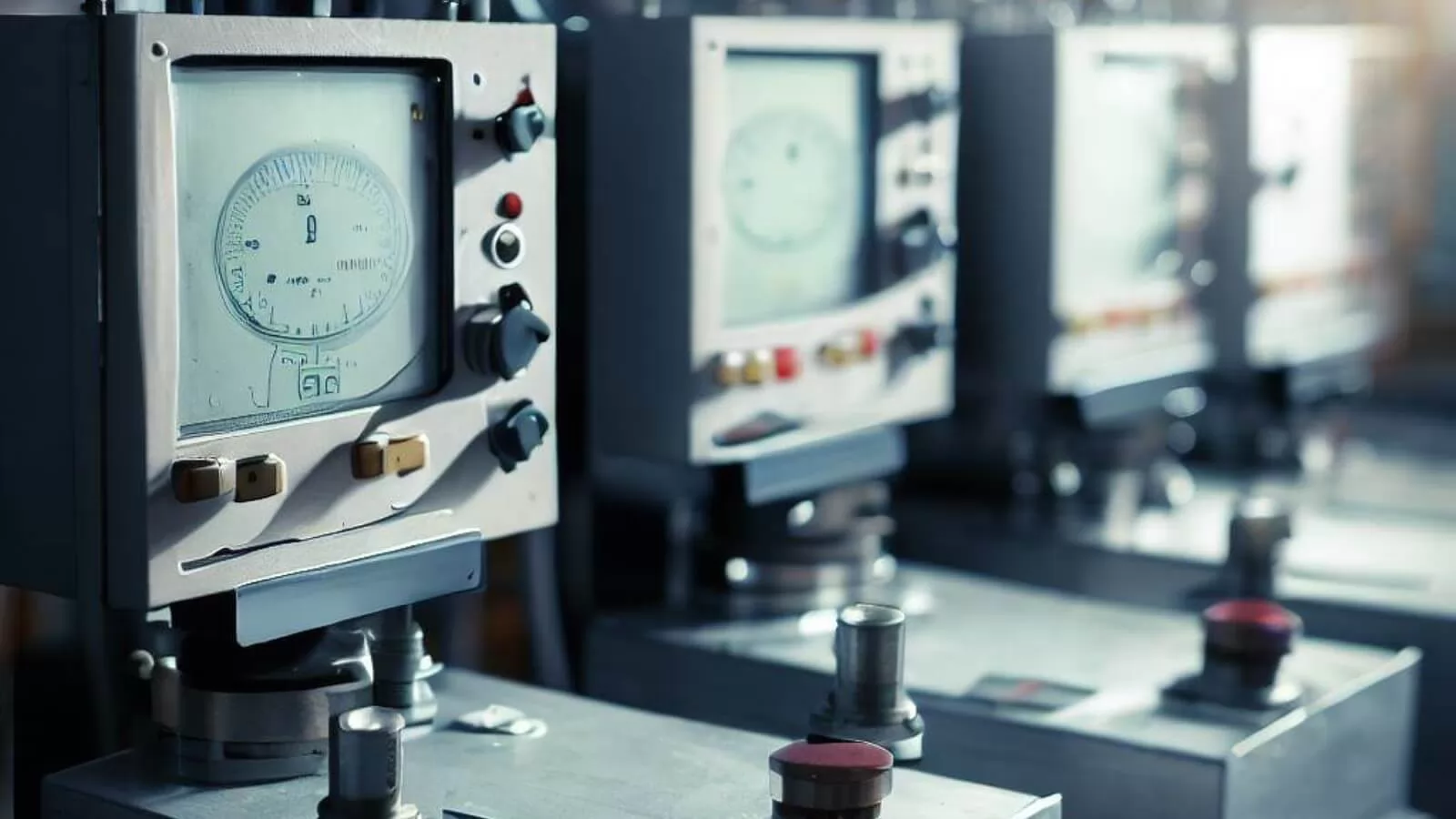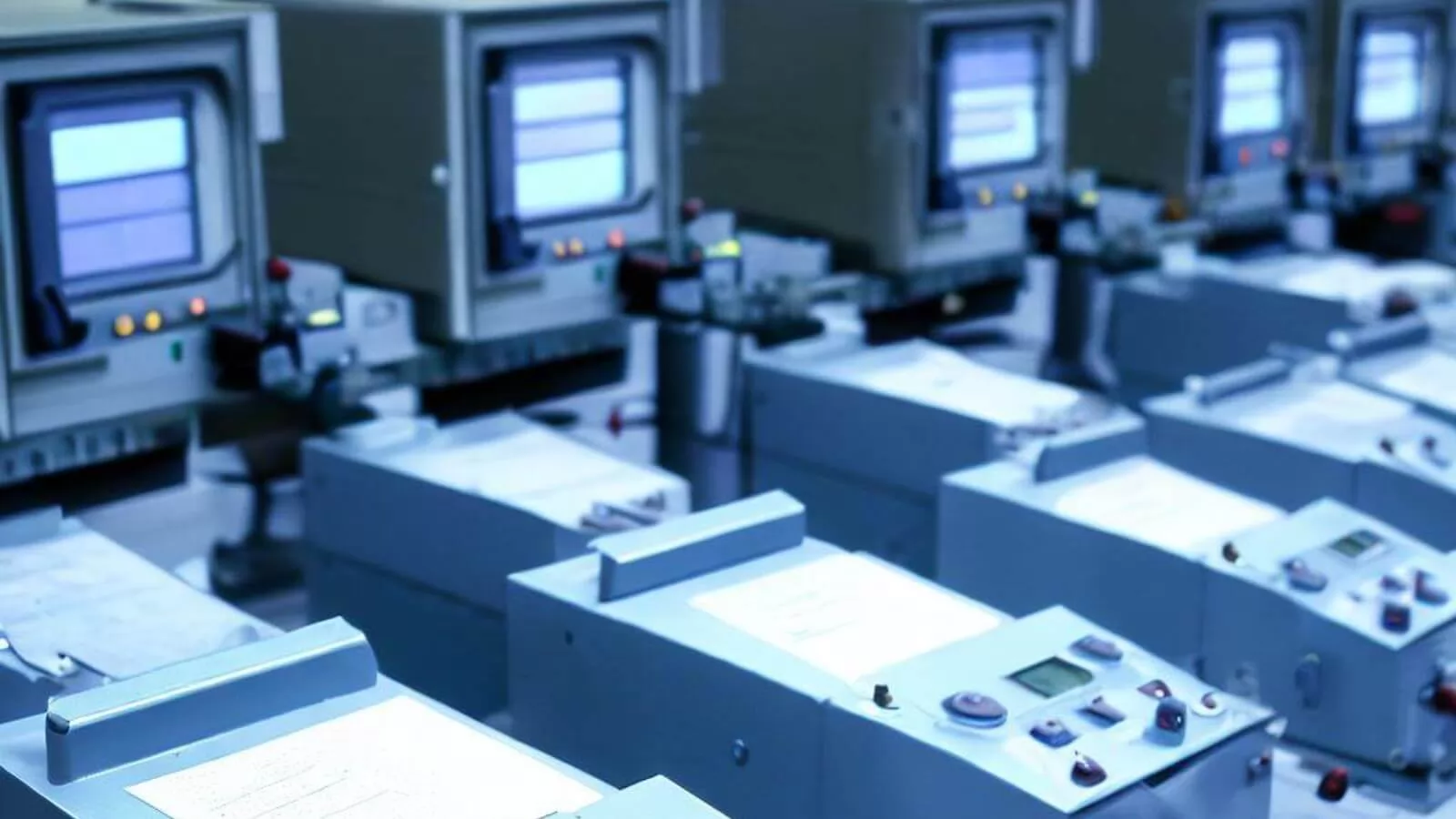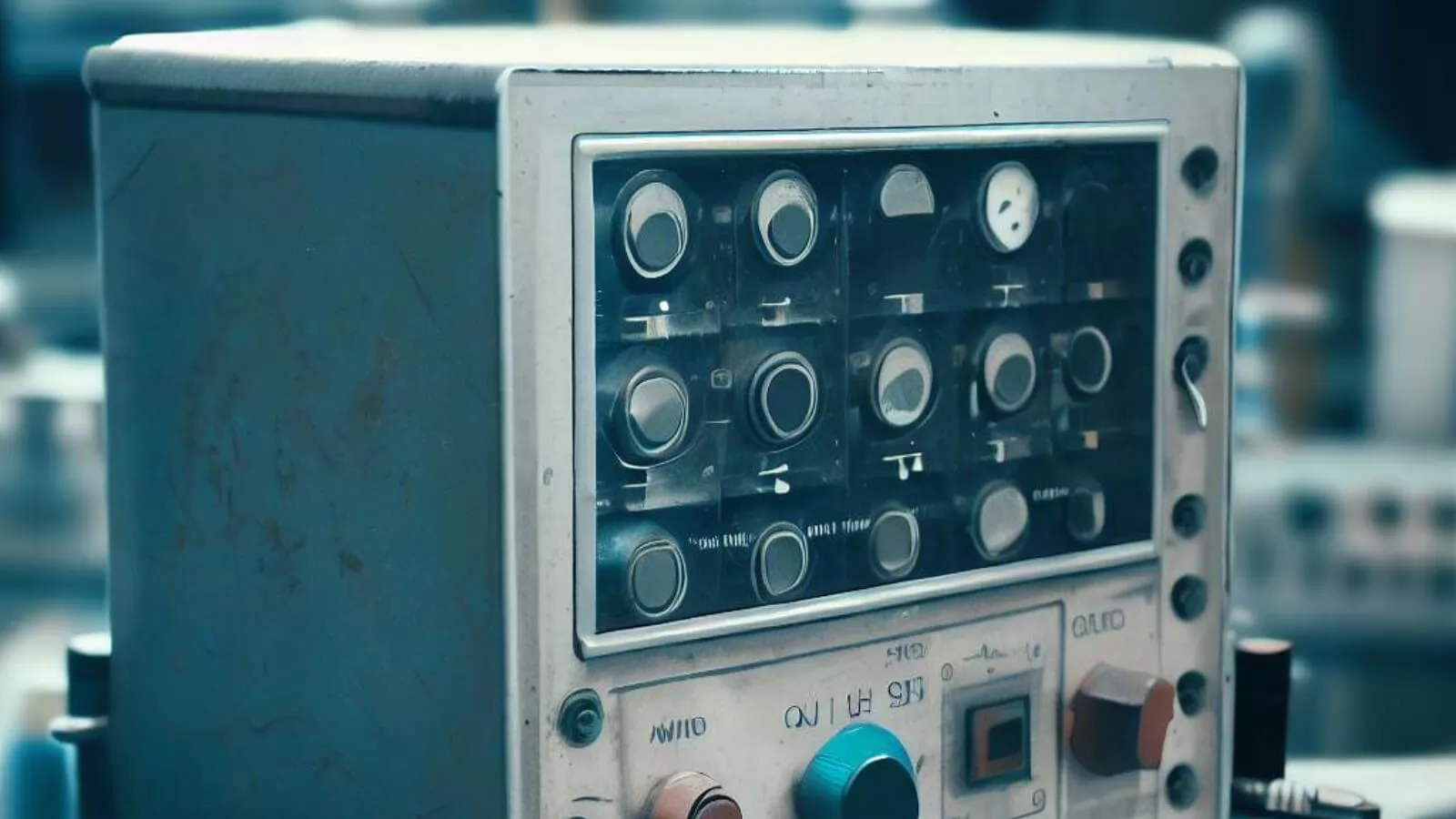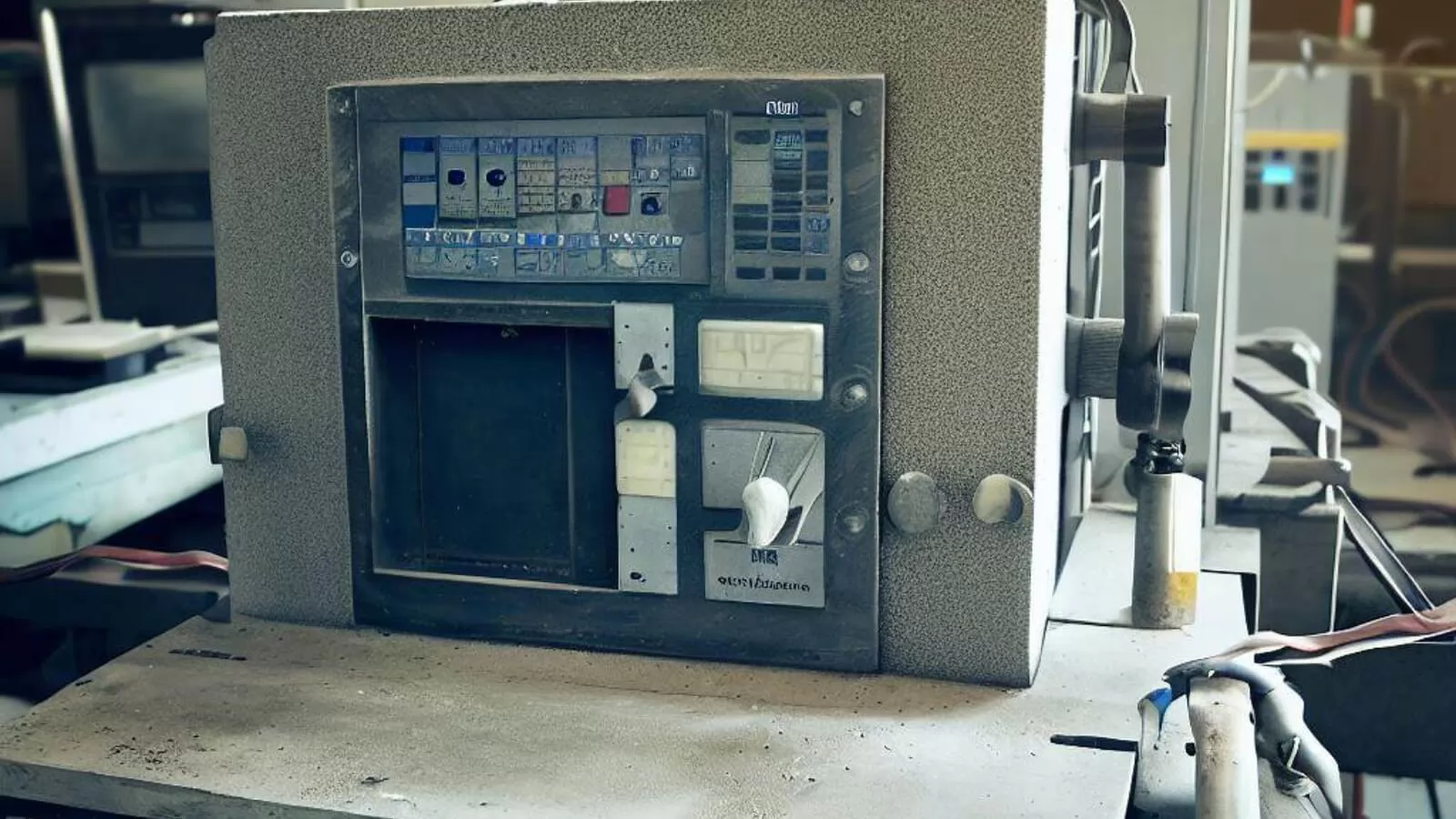
The dry block principle

Dry calibrators operate using the principle of heat conduction. When we use this instrument, we see that it has a metal block that can be heated or cooled to a certain temperature. We then measure the temperature of the metal block using a temperature sensor. The metal block also has a space where we can insert the temperature sensor that needs to be calibrated. Once the sensor is plugged in, we can adjust its temperature to match that of the metal block, which makes for an accurate temperature calibration.
The benefit of using a dry calibrator is that it provides me with a stable and consistent temperature source, which is critical for accurate temperature calibration. Furthermore, dry calibrators are very user-friendly and require minimal maintenance.
Types of dry block calibrators

Dry block calibration procedure

The dry block calibration procedure consists of a series of steps designed to ensure accurate temperature calibration.
In the first step, the process begins by heating or cooling a metal block to a specific temperature using a built-in heater or cooler. The temperature of the block is then measured using a calibrated temperature sensor.
In the second step, the temperature sensor to be calibrated is inserted into the cavity in the module, and the temperature of the sensor is allowed to stabilize. Then adjust the temperature of the sensor to match the temperature of the block using the calibration software included with the dry block calibrator.
In the third step, once the temperature of the sensor matches the temperature of the module, the calibration is complete. The calibration results are then documented and a calibration certificate issued.
How to select a dry block calibrator

There are several factors to consider when selecting a dry calibrator. These factors include the temperature range of the calibrator, the accuracy of the device, the stability of the temperature source, and the size of the block cavity.
The price range for dry temperature calibrators varies greatly depending on the type of calibrator and the level of accuracy required. Instrument calibrators are generally less expensive than field dry calibrators, with basic models available for as little as a few hundred dollars. Conversely, high-end models can cost thousands of dollars.
A guide to dry block calibration
To ensure accurate temperature calibration using a dry block calibrator, it is important to follow some best practices.
1. These include ensuring that the sensor to be calibrated is clean and dry, allowing sufficient time for the temperature to stabilize, and using the correct calibration procedure for the sensor being calibrated.
2. It is also important to regularly check the calibration of the dry block calibrator itself to ensure that it is providing accurate temperature readings. This can be done by periodically sending the calibrator to an accredited calibration laboratory for calibration.
Conclusion



